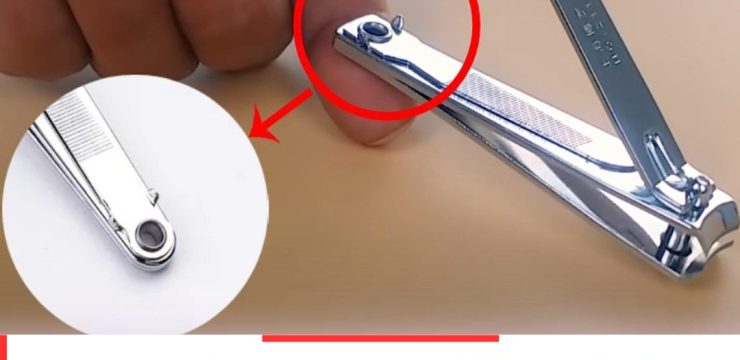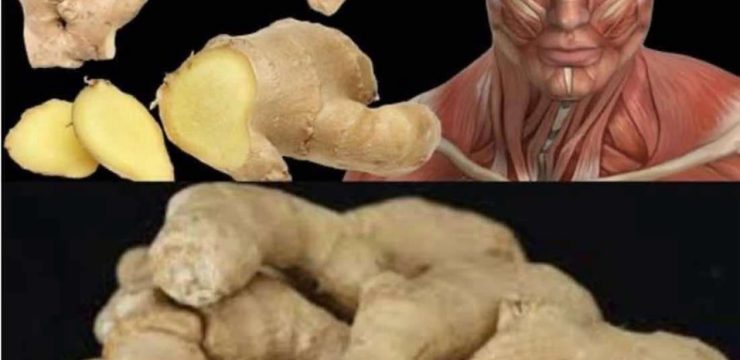Bed bugs are more than just a nuisance—they can turn your restful nights into nightmares with their itchy bites and resilience. Getting rid of them is no easy task, but with the right strategies, you can take back control of your home and enjoy peaceful sleep once again. This guide will cover everything from identifying bed bugs to effective removal methods, helping you eliminate these pests for good.

Understanding Bed Bugs and Their Behavior
To successfully eliminate bed bugs, it’s important to know what you’re dealing with. Bed bugs are small, flat, reddish-brown insects that feed on the blood of humans and animals. They’re expert hiders, making it difficult to detect them until an infestation is fully established. These pests are most active at night and tend to hide in bedding, mattresses, and even cracks in furniture. But they can also lurk in more hidden places like behind wallpaper, inside electrical outlets, or under carpets.
Bed bugs often make their way into homes by hitching rides on luggage, clothing, or secondhand furniture. Once they’re in, they quickly multiply, making it essential to act fast.
How to Identify a Bed Bug Infestation
Before tackling bed bugs, you need to confirm their presence. Here are some key signs to look for:
- Physical Appearance: Bed bugs are roughly the size of an apple seed, with a flat, oval shape and reddish-brown color. Adult bed bugs are typically 5-7 mm long, while the nymphs (newly hatched) are smaller and lighter in color.
- Signs on Your Bed: Dark spots or stains on your mattress or bedding could be bed bug droppings or blood stains from bites. Also, look for small white eggs or shed skins.
- Bite Marks: Bed bug bites often show up as clusters or lines of red, itchy welts on exposed skin. Though not everyone reacts to bed bug bites, unexplained itching can be a telltale sign.
If you spot any of these signs, it’s crucial to act quickly to prevent the infestation from spreading.
Effective Bed Bug Removal Strategies
Once you’ve confirmed a bed bug infestation, it’s time to get to work. Below are several effective methods to help you eliminate bed bugs from your home:
1. Declutter and Deep Clean
Start by removing clutter from infested areas, particularly around your bed and furniture. Bed bugs love to hide in small crevices, so clearing these areas will limit their hiding spots.
- Wash and Dry Items on High Heat: Collect all bedding, linens, and clothing from the affected area and wash them in hot water. Then, dry them on high heat for at least 30 minutes to kill bed bugs at every stage of life.
- Vacuum Thoroughly: Use a vacuum with a HEPA filter to clean your mattress, bed frame, and surrounding areas. Pay special attention to cracks and crevices where bed bugs could be hiding. Immediately dispose of the vacuum bag to prevent bugs from escaping.
2. Use Heat Treatment for Fast Results
Bed bugs cannot survive in high temperatures, making heat treatment one of the most effective methods for elimination.
- Steam Cleaning: A high-temperature steam cleaner can be used on mattresses, bed frames, and furniture. Bed bugs die at temperatures above 120°F, so moving the steamer slowly over each area ensures thorough treatment.
- Professional Heat Treatments: For more severe infestations, consider hiring a pest control company to perform whole-room heat treatments. These professional-grade heaters can bring the temperature of a room to bed bug-killing levels.
3. Apply Diatomaceous Earth as a Natural Remedy
Diatomaceous earth is a natural powder made from fossilized algae. While it’s harmless to humans and pets, it’s lethal to bed bugs. When bed bugs come into contact with it, their exoskeleton is damaged, leading to dehydration and death.
- Application Tips: Lightly dust diatomaceous earth along baseboards, under furniture, and around bed frames where bed bugs are likely to travel. Be patient—this method can take a few days to a week to work.
- Reapplication: Reapply weekly and vacuum the treated areas to remove dead bugs and powder. Continue this process until the infestation is gone.
When to Use Chemical Treatments and Call Professionals
For severe infestations, natural remedies might not be enough. In such cases, insecticides specifically formulated for bed bugs may be necessary. These come in sprays, powders, and other forms.
- Use Bed Bug-Specific Products: Ensure that any product you buy is labeled for use against bed bugs. Follow the manufacturer’s instructions closely to avoid harming yourself or others.
- Avoid Overuse: Overusing insecticides can be hazardous to your health and may even cause bed bugs to develop resistance. If the infestation is overwhelming, it’s best to call a professional exterminator, who will have access to stronger treatments.
Preventing Future Bed Bug Infestations
After successfully eliminating bed bugs from your home, it’s important to take preventive steps to avoid another infestation:
- Inspect Luggage After Travel: Bed bugs often hitch rides on luggage. After traveling, inspect your bags and clothing before bringing them inside, and wash and dry your clothes on high heat.
- Be Cautious with Secondhand Furniture: Bed bugs can hide in used furniture, so thoroughly inspect any secondhand items before bringing them into your home.
- Use Mattress Covers: Invest in bed bug-proof mattress covers. These covers create a barrier that prevents bed bugs from infesting your mattress and can also trap any remaining bugs, eventually starving them.
Conclusion: Persistence is Key
Eliminating bed bugs is a challenging process that requires persistence and patience. By combining deep cleaning, heat treatments, and natural remedies like diatomaceous earth, you can successfully get rid of these pests. Don’t hesitate to call in professionals if necessary, especially in the case of a severe infestation. With consistent effort and the right approach, your home can be bed bug-free, and you can finally enjoy restful, peaceful nights again.





